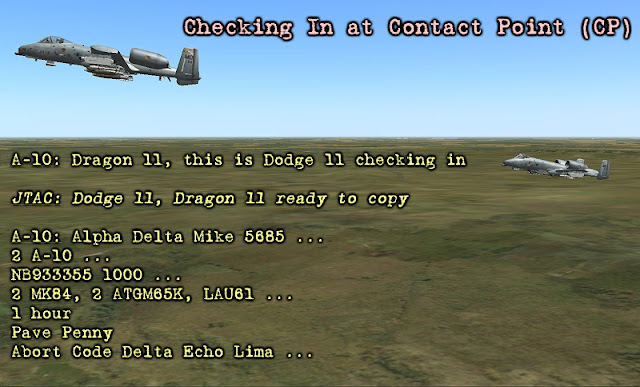From the briefing, we know that across the bridge we face a single regiment of the 12th Volksgrenadier Division. And also we know that St. Vith is not occupied by the enemy but that is likely to change soon. Also, there is an armored column coming from the west.
The following map is combination image created with an in-game screenshot of the map plus graphics from MilSketch.
All things considered, the threat from the west is the one that worries me the most. Grid lines are 1 km divisions. Click the image for a better view.
Now a closer look of the enemy forces immediately in front of us.
The enemy (grey counters) looks like an all-infantry regiment. The size of the formation is indicated in the lower part of the counters. Almost every enemy unit is a company ("I" symbol), but there is also a platoon ("..." symbol). Remember this information shown at the beginning of an scenario can be not accurate (we have full fog of war in effect) due to faulty reconnaissance.
Don't believe everything you see!
Note the "Reliability" field, it says "vague". This information should be taken with a grain of salt. Please click the image for a better view.
More details on equipment.
Please click the image for a better view.
New! Now we can see pictures of most of the vehicles and equipment by clicking on the text.
Please click in the image for a better view.
Coming up, the next step in planning: terrain considerations.
Cheers,













 The main screen of H3ANW. The expanded map on the left shows some bogies coming down to us (yellow icons that look like half-squares).
The main screen of H3ANW. The expanded map on the left shows some bogies coming down to us (yellow icons that look like half-squares).


























